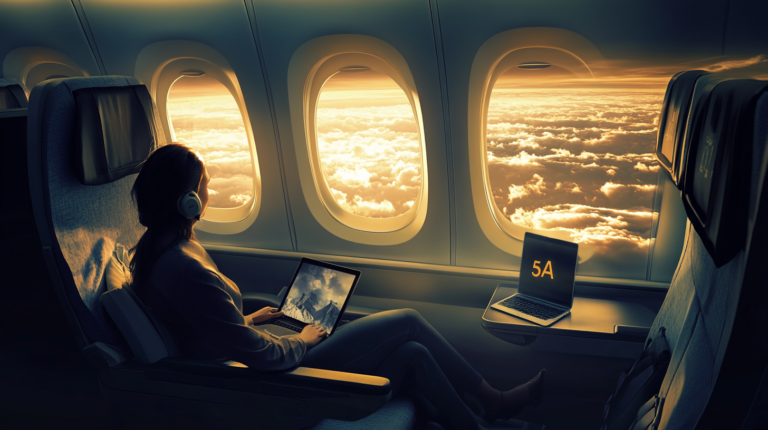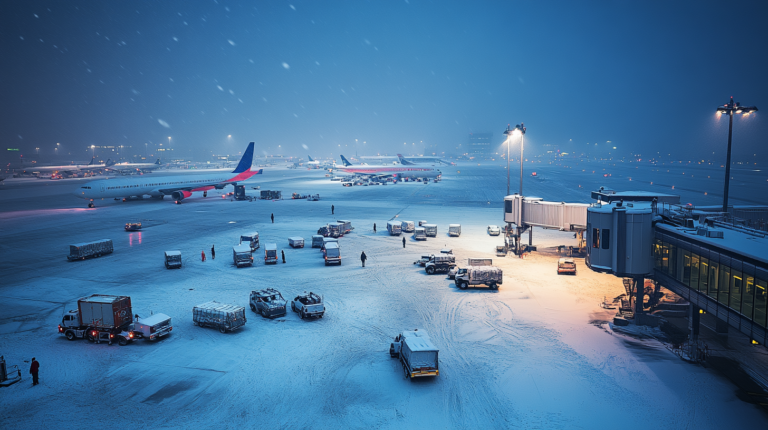Navigating the Expanding Business Travel Market

The business travel market has undergone significant growth over the past few years, and it’s become more apparent now in 2025 just how expansive it truly is. Various industry reports still estimate the market to be valued between 689.7 billion and 1.38 trillion dollars as of 2023, with projections anticipating it could reach anywhere from 1.96 trillion to nearly 3 trillion dollars by the early 2030s. In my own discussions with fellow frequent flyers, I’ve noticed a palpable optimism about ongoing industry expansion—everyone seems to agree that the upward climb is real and backed by solid research.
Soaring Market Valuations

When I talk to veteran corporate travelers, many cite market data suggesting that by 2024, valuations could breach the 1.48 trillion mark, while other forecasts hover around 1.1 trillion. A recent study suggests a mid-2030s projection surpassing 2 trillion, which aligns with what I’ve observed from conference chatter and investor reports. In my view, these valuation swings aren’t merely guesswork; they reflect real shifts in the corporate world, fueled by a renewed demand for in-person engagements.
One driver seems to be the continued globalization of businesses. More enterprises—large and small—are forging partnerships across continents. I’ve watched startups in the fintech sector, for example, expand their footprints to new markets in Asia and South America, intensifying the need for face-to-face meetings. According to industry data, nearly 65% of executives say physical interactions with overseas partners are critical for sealing deals. This belief in the power of a handshake transcends virtual platforms and continues to bolster valuations.
Another factor is the surge of governmental initiatives that support trade summits and conferences. Several countries have established grants and subsidies for organizations that bring in foreign delegates, further boosting the volume of travel. I’ve personally benefited from such programs when attending technology expos in Singapore and Berlin, where government-backed travel incentives helped offset costs and encouraged robust participation from international teams.
Regional Powerhouses

Asia Pacific remains a major force, reportedly holding over 37% of the market share. According to industry data, exploding startup cultures in places like India, Vietnam, and Indonesia have significantly boosted the region’s business travel volume. During my travels across these countries, I’ve witnessed firsthand how agile SMEs use technological booking tools and security solutions to streamline trips. It’s not just about booking flights anymore—we’re talking end-to-end management with real-time tracking of itineraries and expenses.
Infrastructure development also plays a big role. Many airports across South and Southeast Asia are receiving major upgrades, from enhanced security protocols to advanced biometric systems that expedite check-ins. These improvements are partly why I’m seeing more travelers opting for these routes. Government endorsements of trade events and expos fortify Asia Pacific’s growth, drawing global business communities closer. Of course, political tensions can still disrupt certain corridors, but industry experts predict resilience will remain strong enough to keep this region a top choice.
I’ve also found that cultural emphasis on face-to-face rapport in regions like China, Japan, and South Korea accelerates the demand for in-person meetings. Even after years of remote options, the value placed on building relationships over a dinner or tea ceremony can’t be understated. This synergy of technological infrastructure, cultural preferences, and sprawling economic opportunities cements Asia Pacific’s stronghold in business travel.
Tech-Driven Shifts

Digital innovations are rewriting the rules of business travel, transforming the experience from booking to post-trip documentation. Online platforms powered by AI can now scan price trends across hundreds of airlines, helping identify optimal travel windows. In my own experience, using these tools has saved me hours of back-and-forth research, and the bulk-booking discounts have been especially beneficial when I coordinate group trips for large events.
There’s also been a notable rise in integrated travel management systems that help track expenses, manage itineraries, and handle last-minute changes seamlessly. One platform I tried even offered real-time language translation features—an absolute boon when traveling in non-English-speaking regions. Meanwhile, a recent study indicates that the use of virtual reality tours for pre-trip hotel assessments is on the rise, giving travelers a more immersive way to evaluate lodging and meeting spaces before committing to bookings.
While video conferencing remains a staple, it hasn’t cannibalized the need for face-to-face interactions. Instead, it complements the process—especially for preliminary introductions. According to a 2024 survey, 70% of respondents still prefer in-person negotiations for finalizing major deals. This aligns with what I’ve seen in my own journeys: businesses now weave virtual and in-person strategies together, creating a hybrid model that maximizes efficiency without losing the human touch.
The Bleisure Boom

Blending business with leisure—often termed “bleisure”—has caught on worldwide. I’ve run into countless corporate travelers who mention that adding a day or two of personal exploration after their meetings reduces burnout and heightens cultural awareness. According to a 2023 travel industry report, nearly 60% of frequent corporate flyers have extended at least one business trip for leisure purposes.
My personal highlight was extending a trip to Sydney by two nights to catch the Vivid Sydney festival. It not only deepened my appreciation for the city’s creative scene but also provided a more relaxed backdrop for networking with locals. Many organizations now encourage these short add-ons, citing enhanced employee satisfaction and better ROI. Not surprisingly, travel policies are evolving, offering flexible booking options and partnerships with hotels that promote wellness amenities.
Meanwhile, tourism initiatives in emerging markets such as Rwanda, Kenya, and smaller Southeast Asian nations are drawing global corporations to hold retreats and client gatherings off the beaten path. I find this particularly exciting because it brings fresh perspectives to traditional corporate trips. A recent study suggests that these so-called “offsite immersions” boost team creativity by as much as 25%, reinforcing the idea that exploring unfamiliar locales can fuel innovative thinking.
Key Industry Players

The corporate travel sphere has its share of big names—American Express Global Business Travel, BCD Travel, Carlson Wagonlit Travel, Corporate Travel Management, and Travel Leaders Group, among others. Not only do these companies provide itinerary planning, transfers, and visa assistance, but many also offer premium loyalty perks. I’ve taken advantage of these benefits multiple times, scoring lounge access and early check-in options that truly enhance the travel experience.
Competition among these leading providers is stiff, and that’s often a win for travelers. In my observations, they’re constantly refining booking technologies to offer more transparent seat selections, better route optimization, and budget-friendly fares. Some even have integrated analytics dashboards that show where companies might save on lodging or flights—features that travel managers I’ve spoken with find incredibly valuable.
By leveraging these specialists, frequent flyers gain not only convenience but also peace of mind. Compliance with corporate policies is automatically monitored, reducing the risk of out-of-policy spending or last-minute itinerary chaos. According to industry data, businesses that use specialized travel management solutions report up to 30% in cost savings across airfare, lodging, and ground transport. It’s this perfect blend of expert guidance and operational efficiency that keeps experienced road warriors coming back for more.
Final Thoughts

As 2025 unfolds, I see the business travel market continuing to expand in both volume and complexity. While there are challenges—geopolitical tensions, health considerations, and economic fluctuations—the industry appears poised for sustainable growth. Companies remain eager to foster personal connections, a factor that keeps face-to-face meetings relevant even in our increasingly digital world.
Wherever I land next, it’s clear that technology will remain the linchpin of modern business travel. More advanced apps, faster check-in processes, and data-driven insights are making travel breezier than ever. Yet we shouldn’t forget that human moments—like sharing a meal or a handshake—often seal the deal better than any virtual tool can. The synergy of both worlds drives optimism for the road ahead.
Amelia Yeaher’s Take
The interplay between traditional business practices and forward-thinking technology continues to amaze me. Every trip reveals new facets of how corporations evolve in real time—across cultures, languages, and innovations. In the end, business travel isn’t just about a destination; it’s about the journeys we take to learn from each other.
From my perspective, the true heart of business travel lies in adapting with agility. Embracing change while maintaining genuine connections is a balancing act that few industries manage so gracefully. With each new place I visit, I’m reminded that staying curious ensures the next discovery is always just around the corner.






